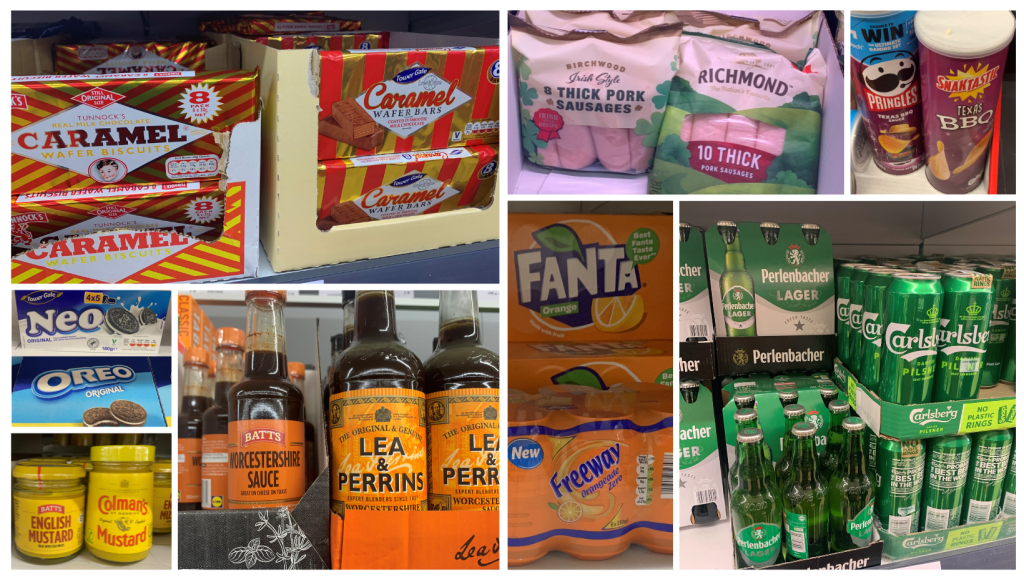
This is the second of our series of blogs about supermarket branding battles from Two IP trade mark attorney, Rachel Havard.
Last time, we talked about the evolution of the consumer, and fierce competition amongst supermarkets and discounters – see our last blog here. Copycat products and brand lookalikes now play a huge part in this.
The problem
Discounters such as Aldi and Lidl are no strangers to imitation of the leading brands, using very similar aspects of product appearance, packaging, and colour, but generally avoiding use of word elements which might be seen as too close to the leading brand name. That said, they often choose brand names sharing first letters or letter combinations in common with the imitated brand, as well as other similarities of product get-up. Even if there is not confusion as to the commercial origin of the respective goods, there is a deliberate imitation by one of another, to piggy back off the reputation of the leading brand and prompt customers to buy the cheaper, lookalike product instead.
Below for comparison are a few examples of brand imitations by Lidl, placed beside the well-known or leading brand:

IP protection considerations
The traditional approach of Intellectual Property Offices and the courts has been to attach more significance to word elements of branding than to stylisation, logo elements or other product get-up. Likewise, there has been the tendency for brand owners to register the block capitals version of their word trade marks, quite rightly to embrace any reasonable graphic representation of that word. There is also the issue that, once a trade mark has been on the register for 5 years or more in the UK, non-use for a 5-year period of that mark as registered could result in revocation of the registration if challenged by a third party.
As stylisation and logo elements will come and go for a brand, just as design trends come and go, registration of a brand name in block capitals would seem best for futureproofing. Ideally, though, the brand owner should consider available IP protection for all or any elements of their branding which they see as capable of attracting custom; this could include word elements, stylisation of words, logo elements used and/or the overall get-up of packaging, including particular colour schemes.
If elements of branding or product get-up have accrued goodwill, such that a misrepresentation by another could damage that goodwill, then there could be the option to bring a passing off action, as a common law right even without registration. However, passing off actions would require the compilation of persuasive evidence of goodwill, and proof of other essential elements of the tort when, in contrast, a trade mark registration could very clearly define exclusive rights enjoyed in a trade mark, who owns them and for what goods. Similarly, design protection could be utilised to defend other key elements of branding, in the same way as relied upon by Marks & Spencer in their successful challenge of a “light up gin bottle” the subject of an Aldi imitation of Marks & Spencer’s own product.
Join us next time for our final blog in this series – “Do as I say, not as I do!”
If you have brands you need to protect, or want to bolster the protection you do have, our experienced trade mark attorneys are here to help. Get in touch here or email hello@two-ip.com





